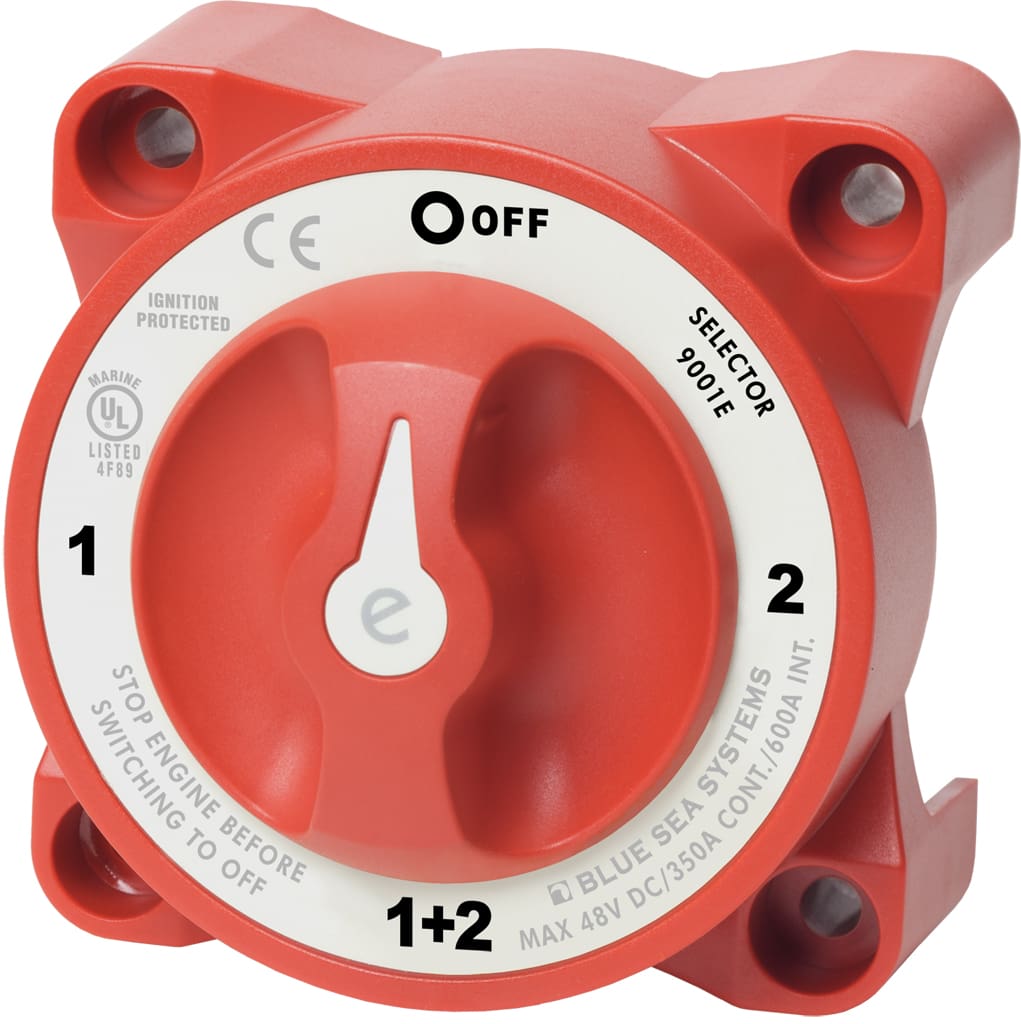I spent the weekend working on the electrical system onboard my 1978-built motorsailor. Like most boats that have survived that long, the electrical system is a mysterious mixture of the original system and various eras of attempted upgrades, along with the inevitable ravages of the marine environment, time, and numerous jury-rigs. After an all-day session of tearing out wiring, rerouting wires through impossible spaces, scraped knuckles, and lots of head-scratching, finally it was time to flip the main battery switch only to get almost nothing! Nothing worked. No lights, nada. By this point it was dark, late, and I had the unpleasant thought of a long drive home ahead of me, leaving my boat in an inoperable state.
So began the process of rethinking every move I had made that day, and the inevitable disconnecting and reconnecting, and then testing with the multimeter. Some things that required very little power, like a small computer fan I use to ventilate the head, would turn on, but most lights just issued a vague glow as if they weren’t getting enough juice.
Since much of the day had been spent reworking the leads for things like the starting battery (in order to incorporate better fusing), the main battery switch, and the wiring for the house loads I started at that end of the electrical circuit, tracing and retracing red wires and positive power connections. Nothing was making any sense. Everywhere I could multimeter was showing a good solid 12.76 volts when I touched the black wire to ground.
Then it dawned on me that the one wire I had not hooked up was the battery ground back to the engine. How dumb! The problem was that this wire came from the starting battery, which I hadn’t really touched all day so I wasn’t really thinking about that side of the system. I had disconnected the ground when I removed the starting battery for inspection. Some low-power items were able to ground back to the battery bank through the alternator’s own grounding wire, but that was it–which made me also realize how poor the alternator’s ground to the engine block was too.
Many years ago I went through a similar progression with a starter motor on another boat. One morning I turned the ignition switch and nothing, despite having full batteries. I went through the usual progression of checking all the leads for tightness. I tested the solenoid. I checked out the ignition switch and wiring. Finally, having come to the conclusion it must be the starter motor itself I tore it down and rebuilt it, and still nothing. In another thunderclap moment I decided it had to be the ground, and so I set about cleaning all the various connections between the battery and the starter, and on the next try the motor fired right up.
Similarly, I often find that poor alternator performance can be due to a bad ground between the case of the alternator and the engine. I recommend running a separate ground cable direct from the alternator to ground or to the battery bank.
In the marine environment corrosion is relentless and even the best designed and protected connections are susceptible to it, and even if everything is perfect nothing will work when you don’t complete the circuit with a good ground. Being well grounded is a good thing.

